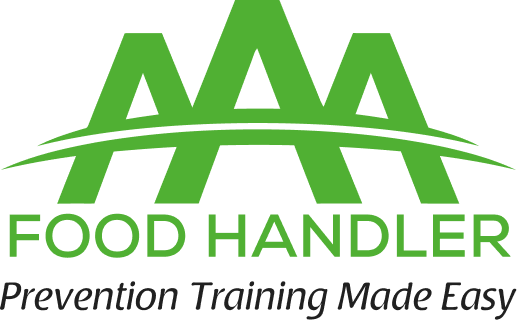$99.95
Gold Package
-
ANSI National Accreditation
Board (ANAB) Accredited
Online Food Manager Exam
(Includes Proctor Fee)
- Online Training Course
- 10 Review Sections
- 160 Sample Test Questions
- One Free Retest
-
Instant Certificate with
passing grade
- English or Spanish
-
ANSI National Accreditation
Board (ANAB) Accredited
Online Food Manager Exam
(Includes Proctor Fee)
- Online Training Course
- 10 Review Sections
- 160 Sample Test Questions
- One Free Retest
-
Instant Certificate with
passing grade
- English or Spanish
$69.95
Exam Only
-
ANSI National Accreditation
Board (ANAB) Accredited
Online Food Manager Exam
(Includes Proctor Fee)
- Online Training Course
- 10 Review Sections
- 160 Sample Test Questions
- One Free Retest
-
Instant Certificate with
passing grade
- English or Spanish
$49.95
Training Only
-
ANSI National Accreditation
Board (ANAB) Accredited
Online Food Manager Exam
(Includes Proctor Fee)
- Online Training Course
- 10 Review Sections
- 160 Sample Test Questions
- One Free Retest
-
Instant Training Certificate
(no food manager exam)
- English or Spanish
* Diamond Package – In order to qualify for the Free Retest, you must complete the ENTIRE online training and sample tests BEFORE taking the initial Food Manager exam. The 1 free retest must be taken within 6 months of not passing the first time. All other retests will be $69.95.
- 100% Online, Accessible 24 hours a Day, 7 Days a Week
- Start, Stop and Resume Training Course as Needed
- Course Duration: 4 Hours Exam Duration: 2 Hours
- Courses and Exam Expire 1 Year From Purchase Date
- Exam Passing Score 70%
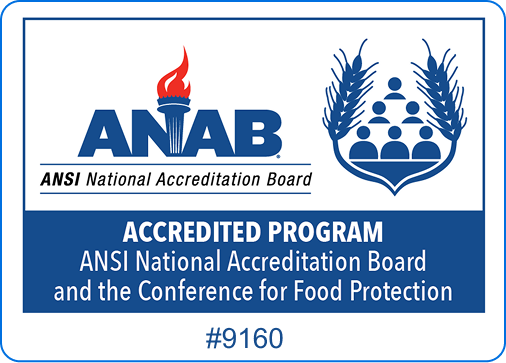
- ANSI National Accreditation Board (ANAB) Accredited Food Manager Certification
- Print Your Food Manager Certificate Immediately After Passing Your Exam
- Group Registrations: Keep Track of All Employees in One Area
- Certification Valid for Up to 5 Years
- Health Department Approved in All 50 States
- Watch a 1 minute video on how to manage your group. Click here

Hawaii Food Manager Certification – Health Department Approved
We guarantee approval of the Certified Food Protection Manager Program by the health department.
Please click to view the nationally recognized ANSI accreditation for Food Protection Manager.
OUR CLIENTS
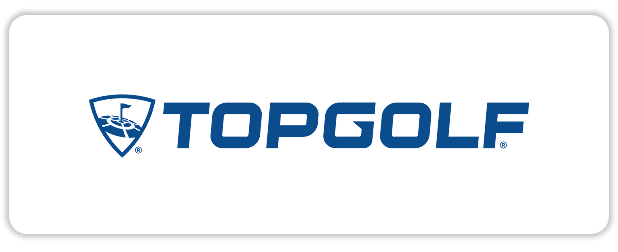


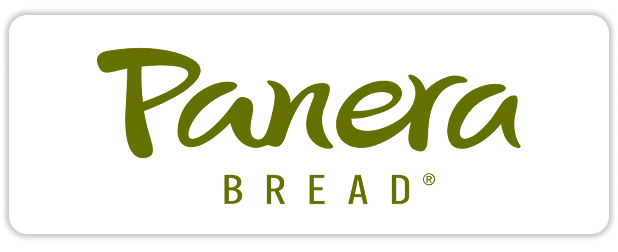
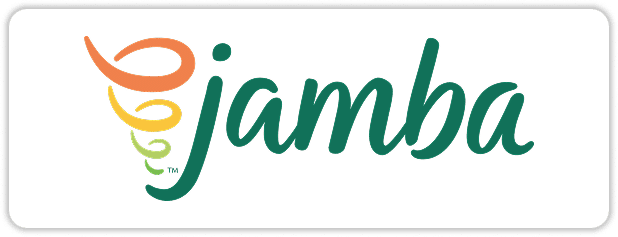

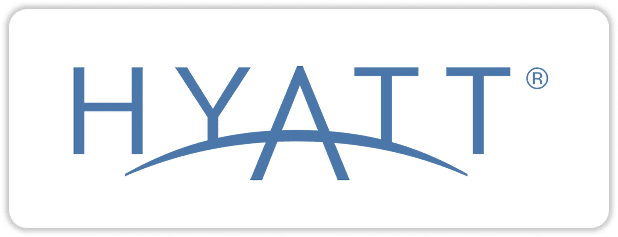
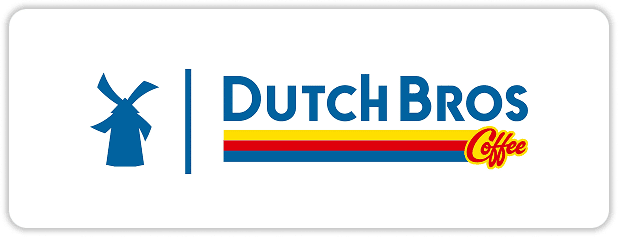
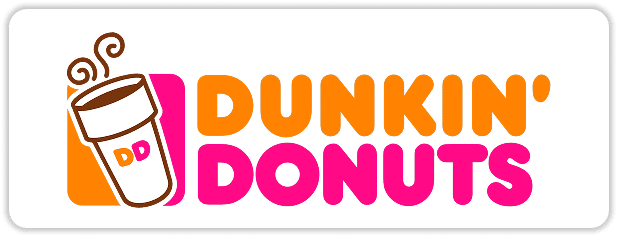
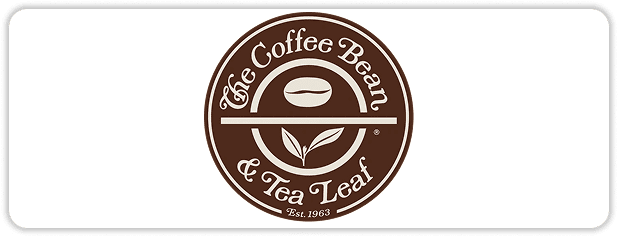
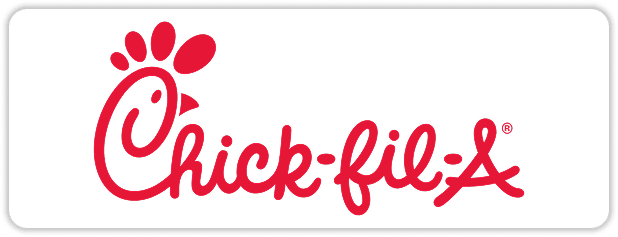
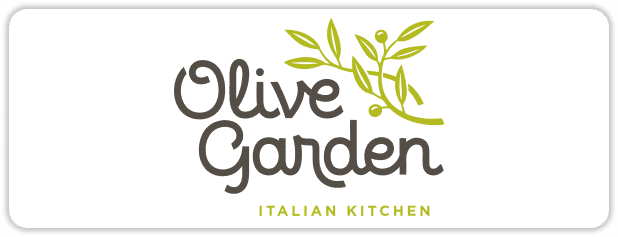
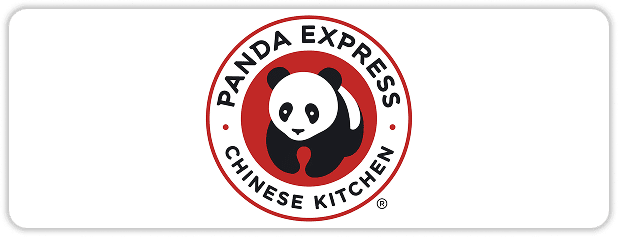
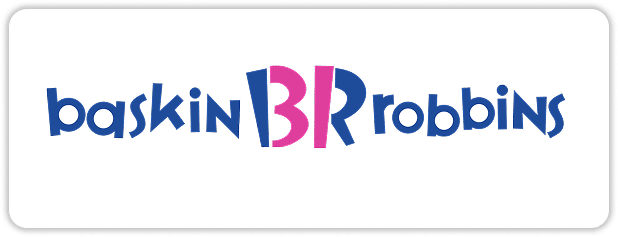
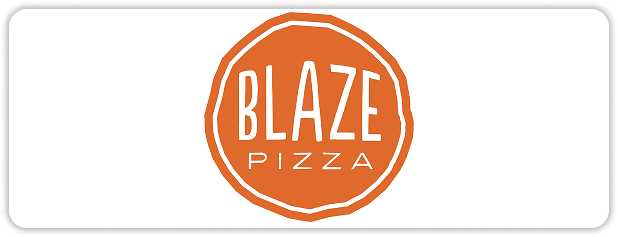

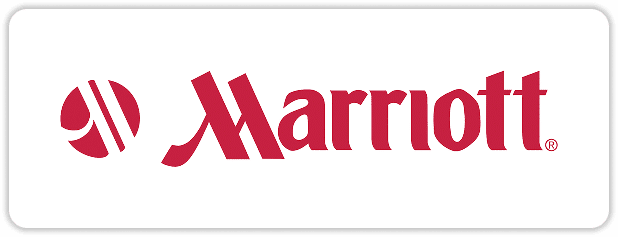

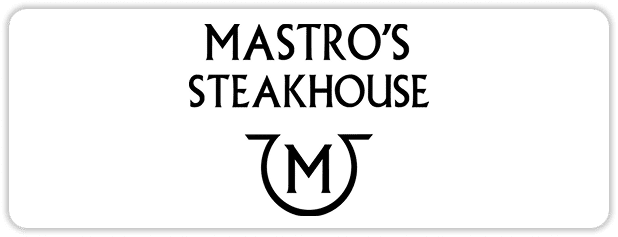
BENEFITS OF TRAINING
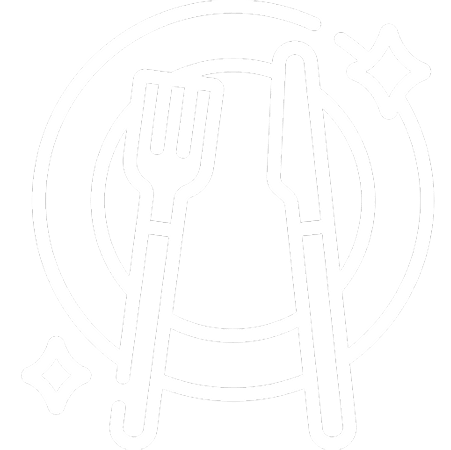
PREVENT
Education is the best tool to prevent, minimize, or eliminate foodborne illnesses and food hazards.
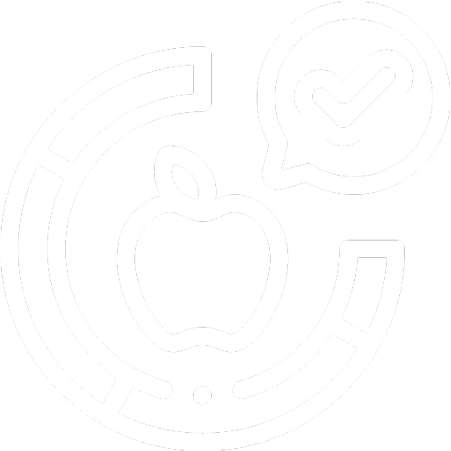
AWARENESS
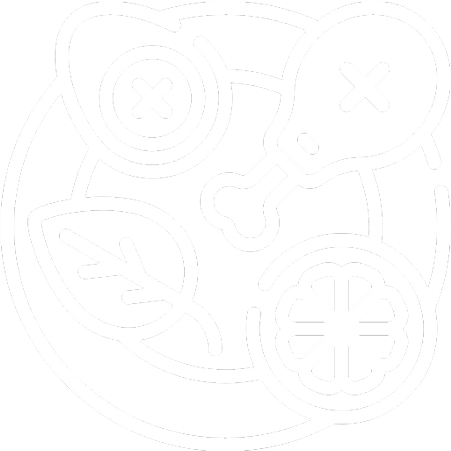
ELIMINATE
Training helps reduce or eliminate food safety hazards before they become major issues.

MINIMIZE
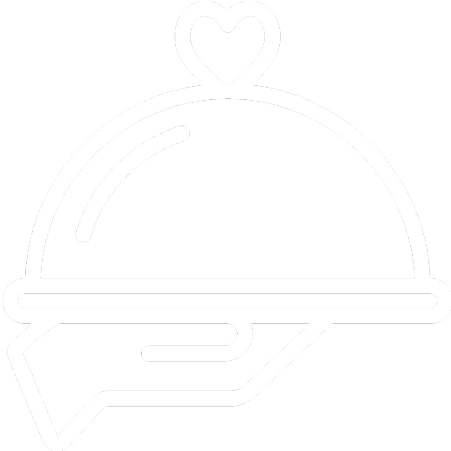
PRODUCTIVITY
Reducing food safety complaints will create a happier workplace and in turn increase productivity.

WORKPLACE SATISFACTION
WHY CHOOSE US

- Satisfaction Guarantee
- Online Interactive Course
- Meets and Exceeds State Guidelines
- Price Match Guarantee
- Owners and Managers: Manage, Track and Record Employee Progress
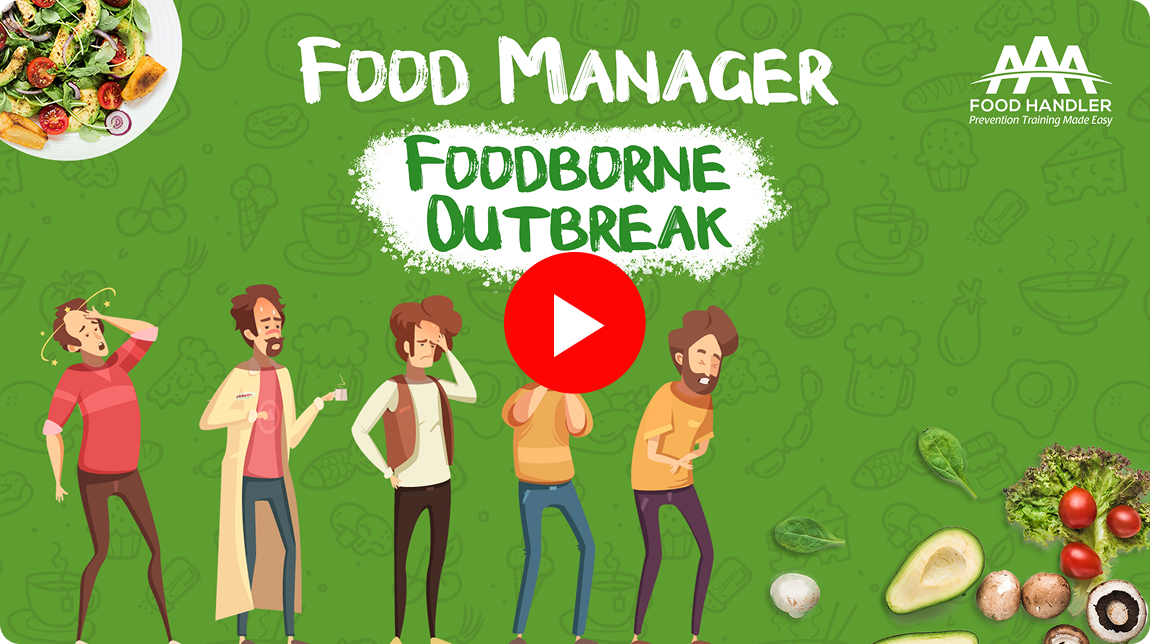
Getting Food Manager Certification Is Quick and Hassle-Free
Numerous professionals nationwide have already earned and renewed their card with AAA Food Handler — a trusted name in food safety training.
FREQUENTLY ASKED QUESTIONS (FAQs)
What Type of Certification is Required to Become a Food Manager in Hawaii?
Hawaii requires Food Protection Manager Certification from an ANAB accredited provider.
Is Food Manager Certification Mandatory in Hawaii?
While not always legally required, many employers require certified food managers for compliance and liability reasons.
How Do I Get a Food Manager Certification in Hawaii?
Take an accredited food manager course, pass the exam, and obtain your certification.
Is a Food Handler Card Required in Hawaii?
Yes, it is required for most food service employees, including those at fast food chains like Pizza Hut.
What’s the Difference Between a Food Handler and a Food Manager in Hawaii?
Managers supervise food safety across the operation, while handlers are trained in safe food practices for their specific roles.
How Do I Become a Certified Dietary Manager in Hawaii?
Complete relevant coursework in food service management and nutrition, and pass the CDM exam.
How Long is the Hawaii Food Manager Certification Valid?
Typically, Hawaii Food Manager Certification is valid for 5 years, but check with your local health department for updates.
Can I Get My Hawaii Food Manager Certification Online?
Yes, you can complete the entire certification process online through accredited providers.
Is the Food Manager Certification Difficult?
It covers a lot of material, but is manageable with study and practice exams.
Which Certifications Are Accepted in Hawaii?
Any Food Protection Manager Certification that is accredited by the ANAB and the Conference for Food Protection (CFP), such as AAA Food Handler, is accepted in Hawaii.
What Role Does the Hawaii Department of Health Play in Food Safety Oversight?
The Hawaii Department of Health, through its Food Safety Branch, is responsible for enforcing food safety laws, conducting inspections, and ensuring food establishments meet required certification standards. This includes recognizing Food Protection Manager programs accredited by the ANAB in collaboration with the Conference for Food Protection (CFP).
How Can I Verify That a Food Manager Program is Recognized by the State of Hawaii?
To ensure a Food Protection Manager Certification is accepted in Hawaii, confirm that the program is accredited by the ANAB and meets Conference for Food Protection (CFP) standards. You can also contact the Hawaii Department of Health – Food Safety Branch to verify its approval for use in the state.
Does Hawaii Accept Certifications From Out-of-state Providers Accredited by the Anab?
Yes. Hawaii recognizes Food Protection Manager Certifications earned through programs accredited by the ANAB, even if they were obtained from providers based in other states. Always check with your local health department to confirm compliance with any county-level requirements.
